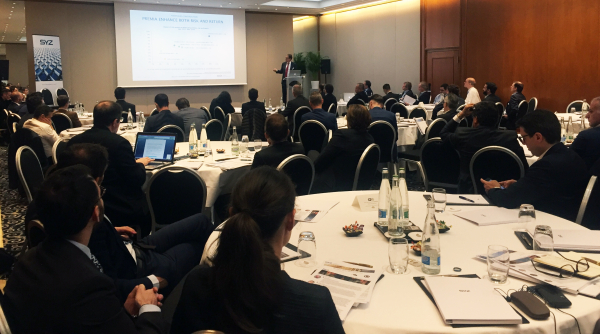When more than USD 1 trillion was wiped from the value of US equities in just one day in early February, the comeback of volatility became one of the hot topics of 2018. Some USD 3.2 billion in short volatility positioning was wiped out ultimately leading to USD 2.6 trillion of S&P 500 losses. Yet Paul Britton, manager of one of the largest volatility funds, still believes it is a strategy worth considering. In fact, Britton is on a mission to bust the myths of volatility. “Most view volatility as a defensive strategy, but it is not just about protection, it is about diversification,” he said, with a chart illustrating the five types of volatility. “What happened on the 5th of February was a reckless risk-taker not pricing risk appropriately,” Britton argued.
A bigger concern to Britton is that banks are now out of the risk-taking business and are no longer providing the liquidity to smooth out market events. With USD 1.86 billion of value-at-risk in Q4 2008, banks were once the largest balance sheets in capital market history. At the end of 2017, however, bank VAR stood at just USD 377 million and it is this absence of bank balance sheet that is impacting market reactions to recent events, explained Britton. Risks of a liquidity mis-match is therefore much more present because the banks’ balance sheets have shrunk. That said, Britton firmly believes that February’s event, like 2008, is a one-off tail event. During his 20 years’ experience in the volatility markets, Britton has seen 62 closes of the VIX index below 10 and 52 of them occurred in 2014. He does think, however, that there could be a new volatility regime on the horizon closer to the long-term median of 14.7% realised. The median VIX (implied volatility) is currently around 17% and this seems to him like a fair long-term implied volatility level.
